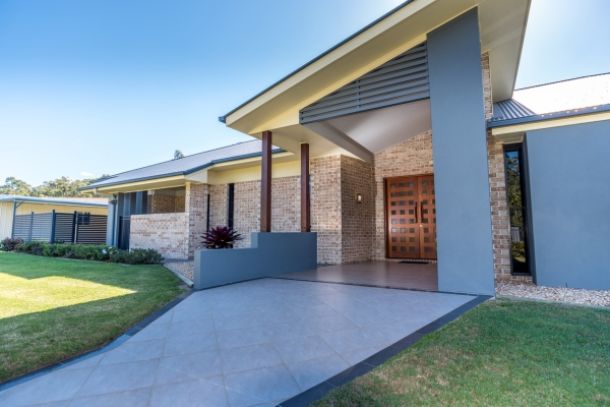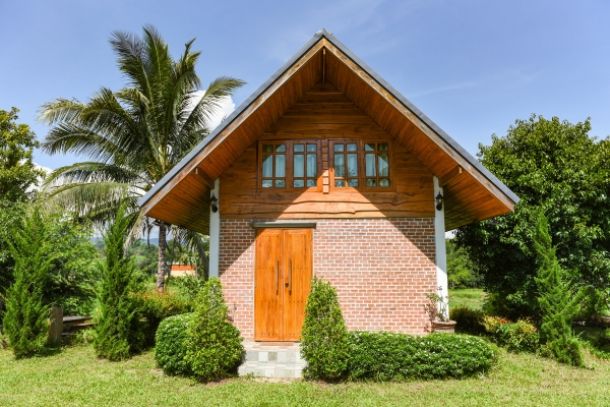Green Building Techniques for Wooden Houses
Green Building Techniques for Wooden Houses
Green building techniques are essential for constructing wooden houses that are sustainable, energy-efficient, and environmentally friendly. “Green Building Techniques for Wooden Houses” delves into the strategies that allow DIY builders to create homes that reduce their carbon footprint while maintaining the warmth and charm of wood. This guide outlines eco-friendly practices, innovative insulation methods, and renewable energy integrations that contribute to a greener future.
Introduction
As concerns about climate change and environmental degradation continue to grow, sustainable construction practices have become increasingly important. Wooden houses, with their natural insulation properties and renewable material source, are ideal candidates for green building. This article provides a detailed overview of green techniques that not only lower energy consumption and reduce emissions but also create healthier living environments. Whether you’re a seasoned DIY builder or just starting out, these green building strategies will help you construct an eco-friendly wooden house.
Sustainable Material Sourcing
Choosing Eco-Friendly Wood:
The foundation of any green building project is the selection of sustainable materials. Look for wood that is harvested from responsibly managed forests, preferably with certifications from organizations such as the Forest Stewardship Council (FSC). Reclaimed wood is another excellent option—it reduces the demand for new timber and adds unique character to your home.
Eco-Conscious Finishes and Insulation:
Beyond the wood itself, the finishes and insulation materials you choose play a crucial role in sustainability. Opt for low-VOC (volatile organic compounds) paints, stains, and sealants that improve indoor air quality and reduce environmental impact. For insulation, consider recycled materials such as cellulose or natural options like sheep’s wool, which offer excellent thermal performance with a lower ecological footprint.
Energy Efficiency and Thermal Performance
Optimized Insulation Techniques:
Wooden houses inherently offer good thermal insulation, but modern techniques can further enhance energy efficiency. Ensure that insulation is applied not only in walls but also in roofs and floors. Consider innovative materials like spray foam insulation, which can fill gaps more effectively, reducing air leaks and ensuring a stable indoor climate.
Passive Solar Design:
Incorporate passive solar design principles to maximize natural heating and lighting. Position your home to take advantage of the sun’s path—large south-facing windows can capture sunlight during the winter, while overhangs provide shade during the summer. Thermal mass materials, such as stone or concrete, can absorb and slowly release heat, reducing reliance on artificial heating and cooling systems.
Energy-Efficient Windows and Doors:
Invest in energy-efficient windows and doors with low-emissivity (low-E) coatings and insulated frames. Properly installed, these features minimize heat loss and contribute to a more consistent indoor temperature. Energy-efficient fixtures not only reduce utility bills but also lower your home’s overall carbon footprint.
Renewable Energy Integration
Solar Power Systems:
Integrating solar panels is one of the most effective ways to achieve a green wooden house. Position solar arrays on the roof or in a nearby area with unobstructed sunlight. Advances in photovoltaic technology have made solar panels more efficient and affordable, enabling DIY builders to harness renewable energy and reduce dependency on non-renewable sources.
Wind and Geothermal Options:
Depending on your location, small wind turbines or geothermal heating and cooling systems may also be viable. Wind turbines can generate additional power, especially in areas with consistent wind patterns. Geothermal systems, which utilize the constant temperature of the earth, offer an energy-efficient alternative for heating and cooling throughout the year.
Smart Home Integration:
Incorporate smart home technologies that monitor and optimize energy consumption. Systems that automatically adjust lighting, heating, and cooling based on occupancy and weather conditions not only improve comfort but also enhance energy efficiency. These technologies contribute significantly to lowering your environmental impact.
Water Conservation and Waste Reduction
Efficient Water Management:
Green building goes beyond energy—it also involves managing water responsibly. Install low-flow fixtures, such as faucets and showerheads, to reduce water usage without sacrificing performance. Rainwater harvesting systems can capture and store water for irrigation, while greywater recycling systems repurpose wastewater for non-potable uses.
Waste Minimization During Construction:
Adopt strategies to minimize construction waste by planning material cuts carefully and recycling scrap wood. Using modular construction methods can also reduce on-site waste and streamline the building process. By reducing waste, you not only conserve resources but also lower disposal costs and environmental impact.
Design for a Healthy Indoor Environment
Ventilation and Air Quality:
A green wooden house should promote excellent indoor air quality. Design your home with adequate natural ventilation, and consider mechanical ventilation systems that incorporate heat recovery to maintain energy efficiency. Ensuring that the indoor environment is free of pollutants and moisture contributes to a healthier living space for you and your family.
Non-Toxic Materials:
Select building materials that are non-toxic and sustainably produced. Avoid products that release harmful chemicals, and opt for those that enhance indoor environmental quality. This not only benefits your health but also supports a broader commitment to sustainable living.
Long-Term Sustainability and Maintenance
Lifecycle Considerations:
Building green means thinking long-term. Choose materials and techniques that extend the lifespan of your home and reduce the need for frequent repairs. Regular maintenance, such as resealing wood surfaces and updating insulation, ensures that your green investments continue to pay off over time.
Community and Certification:
Consider pursuing green building certifications such as LEED or Passive House standards. These certifications provide guidelines and benchmarks that ensure your wooden home meets high sustainability criteria. In addition, engaging with local green building communities can offer ongoing support, resources, and inspiration.
Conclusion
Green building techniques for wooden houses enable you to create a home that is not only beautiful and functional but also kind to the environment. By selecting sustainable materials, optimizing insulation and energy efficiency, integrating renewable energy, and practicing responsible water and waste management, you can significantly reduce your carbon footprint. Embrace the principles of green building as you construct a wooden home that stands as a model of modern sustainability. With thoughtful design, innovative technology, and a commitment to environmental stewardship, your eco-friendly wooden house will be a source of pride and a lasting legacy for future generations.


